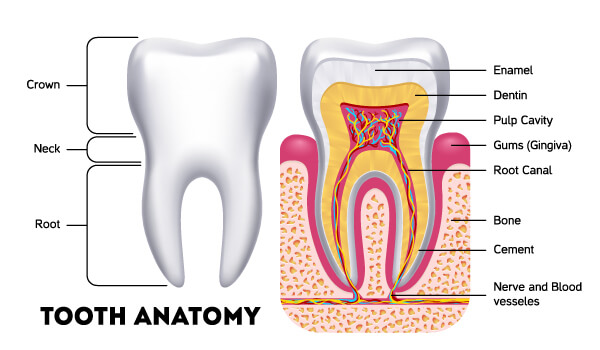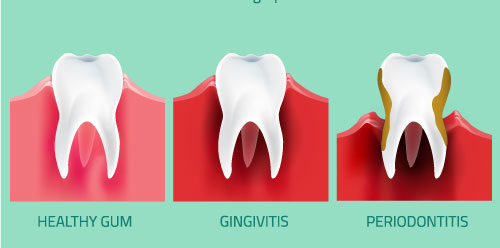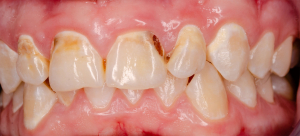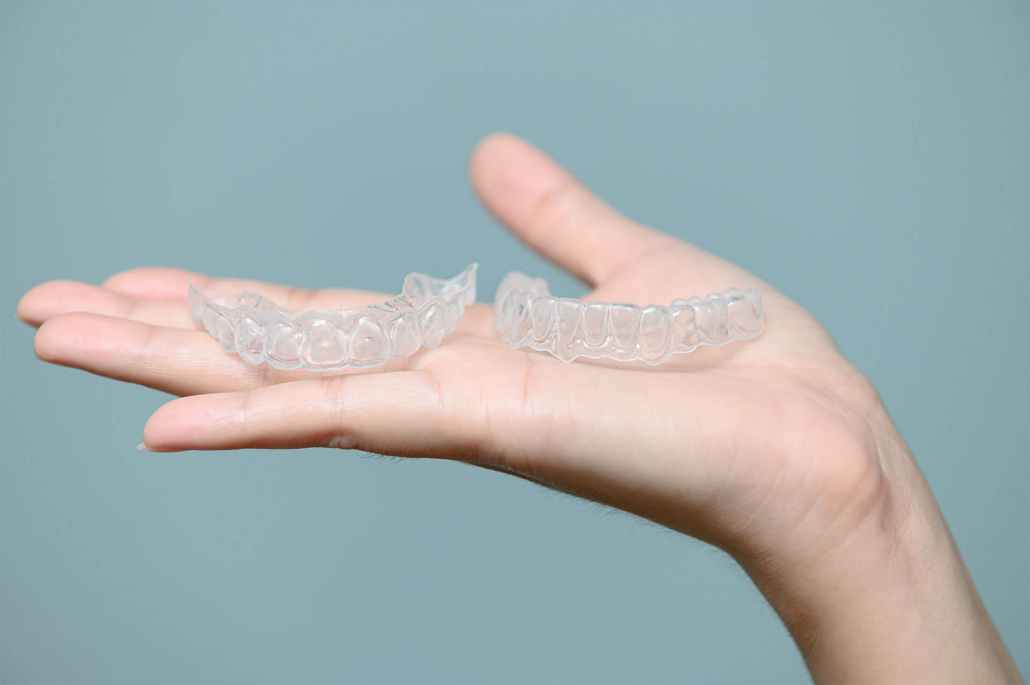Gum disease or gingivitis usually happens before periodontitis or jaw bone disease (hyperlink). This is a build-up of bacteria around the tooth and along your gums and they cause an inflammatory reaction. As a result, your gums start to puff-up, swell, become red, bleed and become really sore to touch in some cases. If not properly looked after, it can cause tooth loss and often it happens in multiples. The good news is, it is reversible by simply brushing, and flossing and visiting our Oral Health Therapists who will not only do a professional scale and clean, but also educate you in how to reduce bacteria in your mouth.
In your appointments with our Oral Health Therapists, education is part of our focus as it is part of our core value, preventative dentistry. We wish to help you, your friends and family and the community to have a healthy oral environment.





